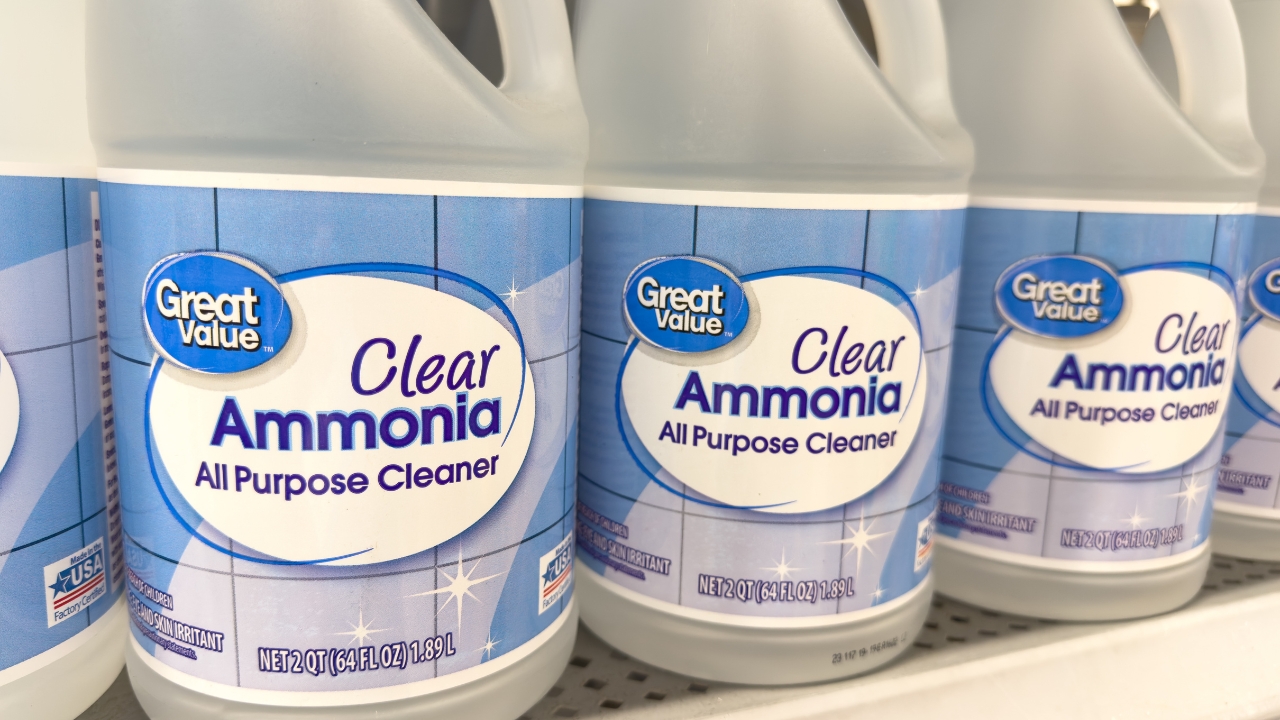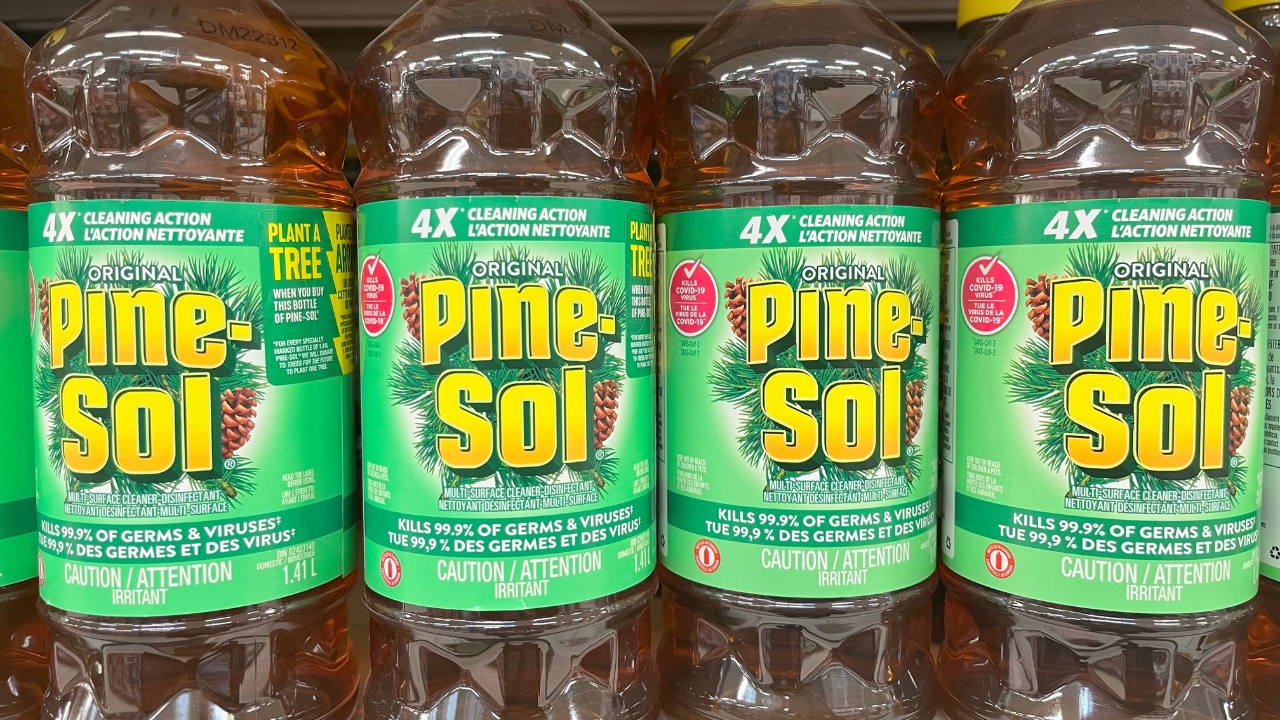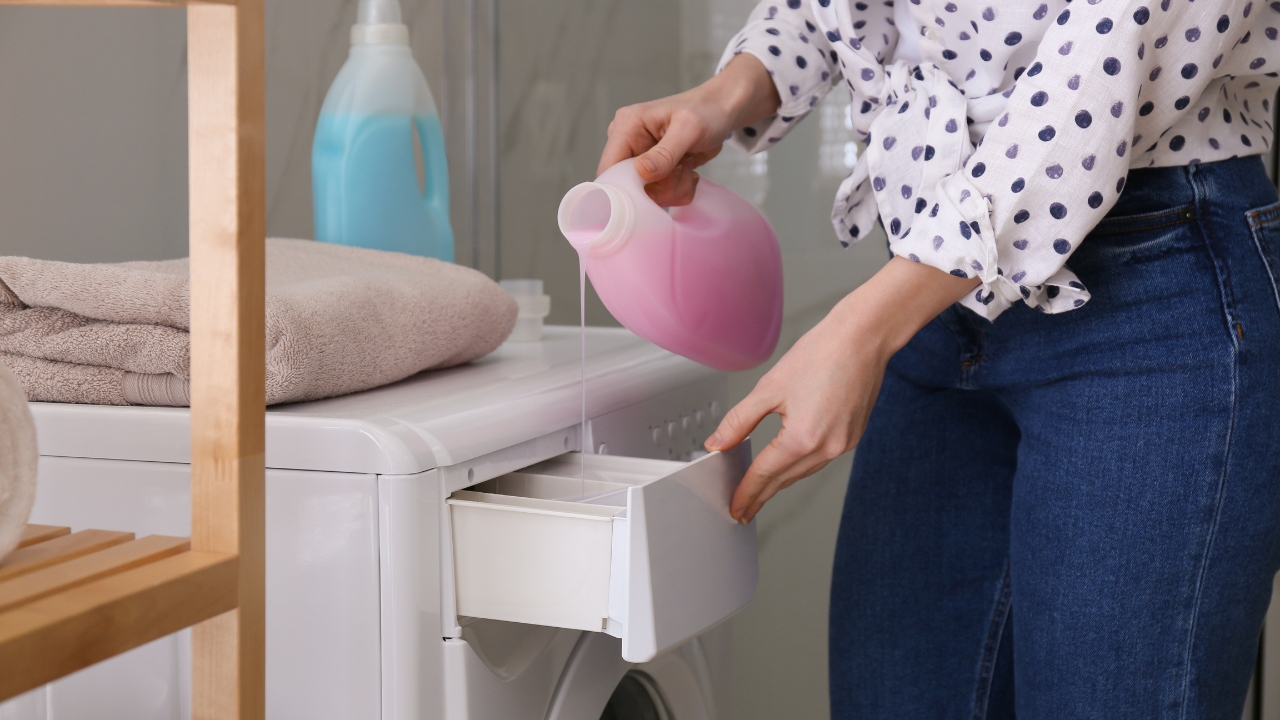6 Cleaning Products That Aren’t Safe for Dogs
Some cleaning products that seem harmless to us can be surprisingly dangerous for dogs. The issue isn’t always about a dog licking something directly—sometimes it’s about residue left behind on floors, counters, or bedding that they walk on or lay across. Even a trace of certain chemicals can be enough to irritate their skin, damage their gut, or cause breathing issues.
If you have a dog in the house, you’ve got to think about what you’re cleaning with—and what’s lingering behind.
Bleach-Based Disinfectants

Bleach is strong, and while it can sanitize surfaces, it can also harm your dog’s paws, eyes, and lungs. The fumes alone can irritate their respiratory system, especially in enclosed spaces like bathrooms or laundry rooms.
Even after it dries, bleach residue can stick to surfaces and transfer to paws or fur. If your dog licks themselves after walking across a bleached floor, they could end up ingesting more than you’d expect. Go with pet-safe alternatives whenever possible.
Ammonia

You’ll find ammonia in many glass cleaners and degreasers, but it’s not safe for pets. The smell is harsh to us, but for dogs—who have far more sensitive noses—it’s overwhelming and can burn their airways.
If ammonia gets on their skin or paw pads, it can cause chemical burns or irritation. And if it gets mixed with bleach by accident, it creates toxic fumes that are dangerous for both you and your dog. Steer clear if you’re cleaning anywhere your dog hangs out.
Phenol-Based Cleaners

You’ll see phenols in common products like Pine-Sol and some multi-surface sprays. They’re effective disinfectants, but they can be toxic to dogs if ingested or absorbed through the skin.
Phenols are especially harmful to the liver and can cause drooling, vomiting, and even organ damage in high enough doses. If a product label warns against use around pets or requires gloves for application, that’s a red flag—it’s probably not something you want lingering where your dog naps.
Hydrogen Peroxide (In Large Amounts)

While tiny, controlled doses of hydrogen peroxide can be used in emergencies (like inducing vomiting under vet supervision), it’s not something you want your dog exposed to regularly.
High concentrations—like what’s in some cleaners—can cause internal damage if swallowed and can irritate the skin or eyes. It’s easy to assume hydrogen peroxide is safe because it’s common, but it still needs to be used carefully and rinsed off thoroughly if it’s touched any surface your dog uses.
Essential Oil Cleaners

Natural doesn’t always mean safe. Many essential oils—like tea tree, eucalyptus, and citrus—are toxic to dogs. And when they’re concentrated into a cleaning product, they can cause serious reactions.
Even a small amount of essential oil residue can cause vomiting, lethargy, or tremors. If a cleaner smells strongly herbal or citrusy, check the ingredients. These formulas might sound gentle, but some of them are far from pet-friendly.
Fabric Softeners and Dryer Sheets

These aren’t technically cleaners, but they’re used in the cleaning routine and can cause real problems for dogs. Dryer sheets and softeners often contain cationic detergents, which are toxic if chewed or ingested.
Some dogs are tempted to grab dryer sheets from laundry baskets or trash cans. Even used ones still carry enough chemical residue to irritate their mouth, stomach, or skin. Store them out of reach and avoid letting your dog sleep on freshly softened bedding unless you’ve double-checked the formula.
*This article was developed with AI-powered tools and has been carefully reviewed by our editors.







